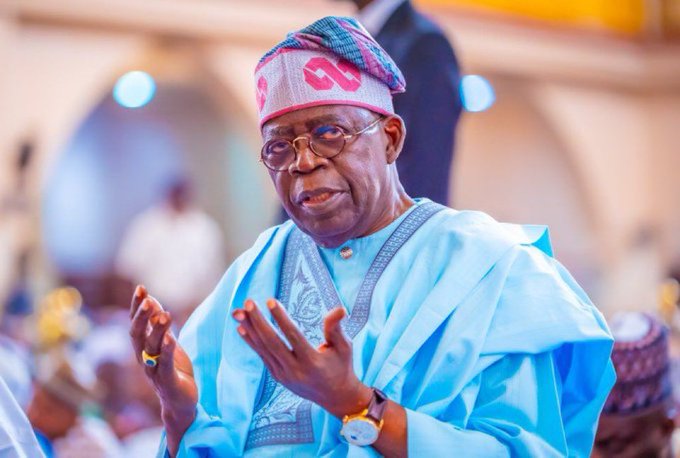Nigeria is to see through its ambitious plan of increasing oil output to 2.5 million barrels per day (bpd), as President Bola Tinubu, yesterday, stated at the commissioning of a new export terminal capable of handling an expandable three million bpd of crude.
The President also positioned the asset, a $400 million Otakikpo Onshore Terminal in Rivers State, as a leeway for the return of oil exploration in Ogoni Kingdom, stressing that Nigeria must unlock the full value of its vast oil and gas reserves by deepening collaboration among communities, investors, and government stakeholders to drive production and export growth.
Speaking at the inauguration of the asset, built by Green Energy International Limited, Tinubu, represented by the Minister of State for Petroleum Resources (Oil), Heineken Lokpobiri, submitted that local financing remains Nigeria’s main hope in the face of stringent financing for oil exploration.
Hinting that tapping into the pension fund would also be considered, the President said the project symbolises a new chapter in the country’s petroleum industry, being the first export terminal developed by an indigenous company in over 50 years.
His words: “This commissioning is very special because it represents not just an industrial milestone, but the power of Nigerian innovation. For over half a century, no indigenous company has built a crude export terminal of this magnitude. Green Energy has done so, and it shows that local operators can deliver world-class infrastructure.”
He commended the operators for investing over $400 million in the project, describing it as a strategic asset that would enhance the country’s crude evacuation capacity and serve as a shared export hub for producers operating within the area.
“One of the biggest challenges we face in the oil and gas industry is evacuation. This terminal will not only serve Green Energy, but also other operators contiguous to this axis. It aligns perfectly with our government’s goal of ramping up production and expanding critical infrastructure,” Tinubu added.
The President said the project reinforces the government’s drive to create a better operating environment for indigenous companies, noting that the Otakikpo facility showcases ‘the power and ingenuity of Nigerian people” in shaping the country’s energy future.
Lokpobiri, who hails from the Niger Delta region, described the event as “a homecoming”, saying the new terminal stands as proof that local entrepreneurs can match international standards in oil and gas infrastructure.
Addressing global debates on energy transition, the minister emphasised that oil and gas will remain vital to the global energy mix for decades to come, adding that Nigeria must position itself strategically to benefit from its natural resources.
Tinubu emphasised that oil and gas remain among the world’s most profitable long-term investments, citing examples from other African countries such as Senegal, where an $8 billion investment is expected to yield about $40 billion in 25 years.
He reaffirmed his administration’s commitment to supporting indigenous energy investors and implementing policies that reduce production costs, enhance security, and strengthen export infrastructure.
The Chief Executive of the Nigerian Upstream Petroleum Regulatory Commission (NUPRC), Gbenga Komolafe, stated that the last major terminals were constructed between the 1960s and 1970s by multinational companies such as Shell, Chevron, BP, and Agip. He said the new terminal has an initial capacity of 750,000 barrels, and is expandable to three million barrels of crude oil per day.
Beyond its technical scope, he said, it represents ‘a new chapter in the annals of the Nigerian petroleum industry.” Komolafe congratulated Prof. Anthony Adegbulugbe, Chairman of Green Energy International Limited, and his team for their “resilience, innovation and patriotic spirit,” assuring them of NUPRC’s full regulatory support.






